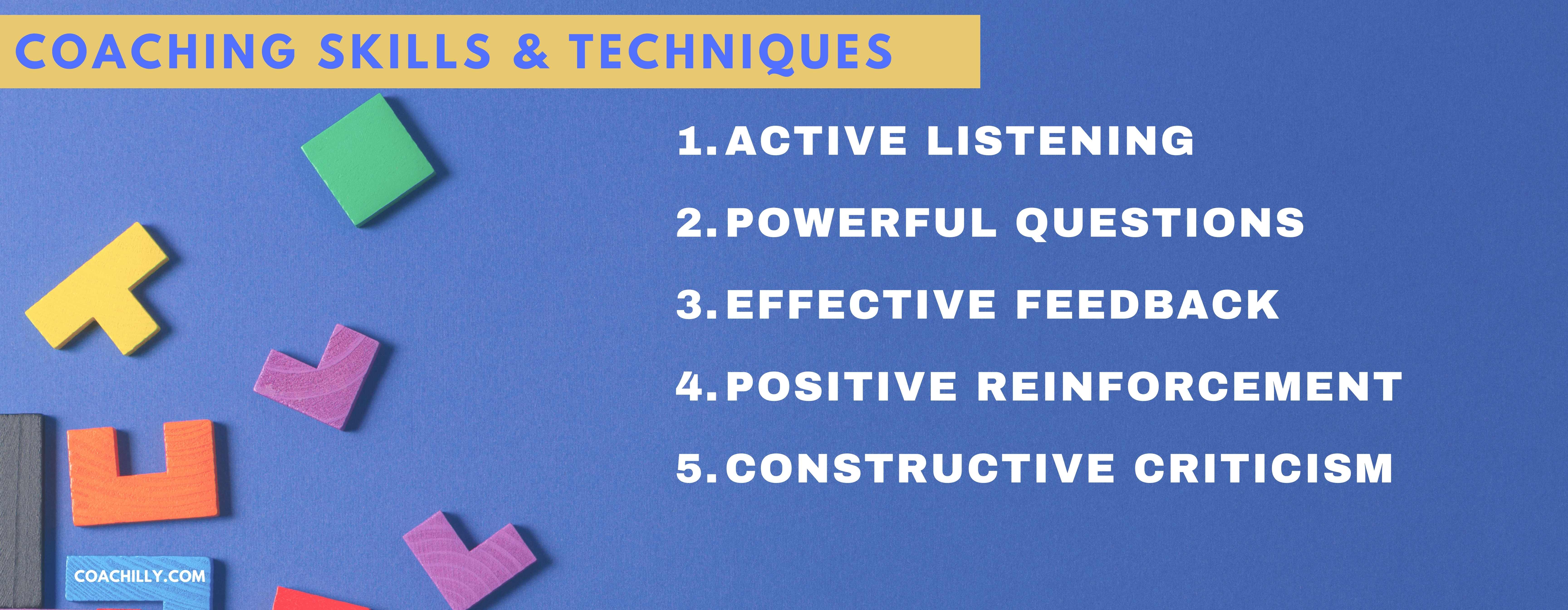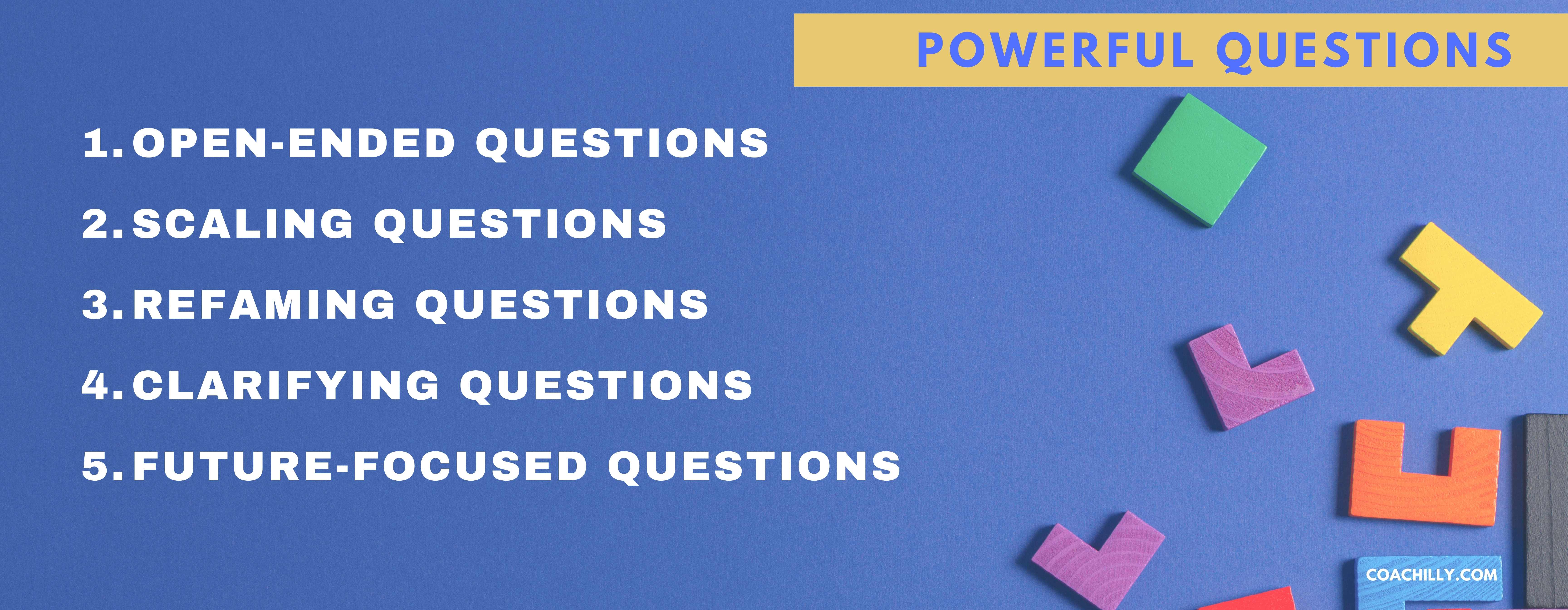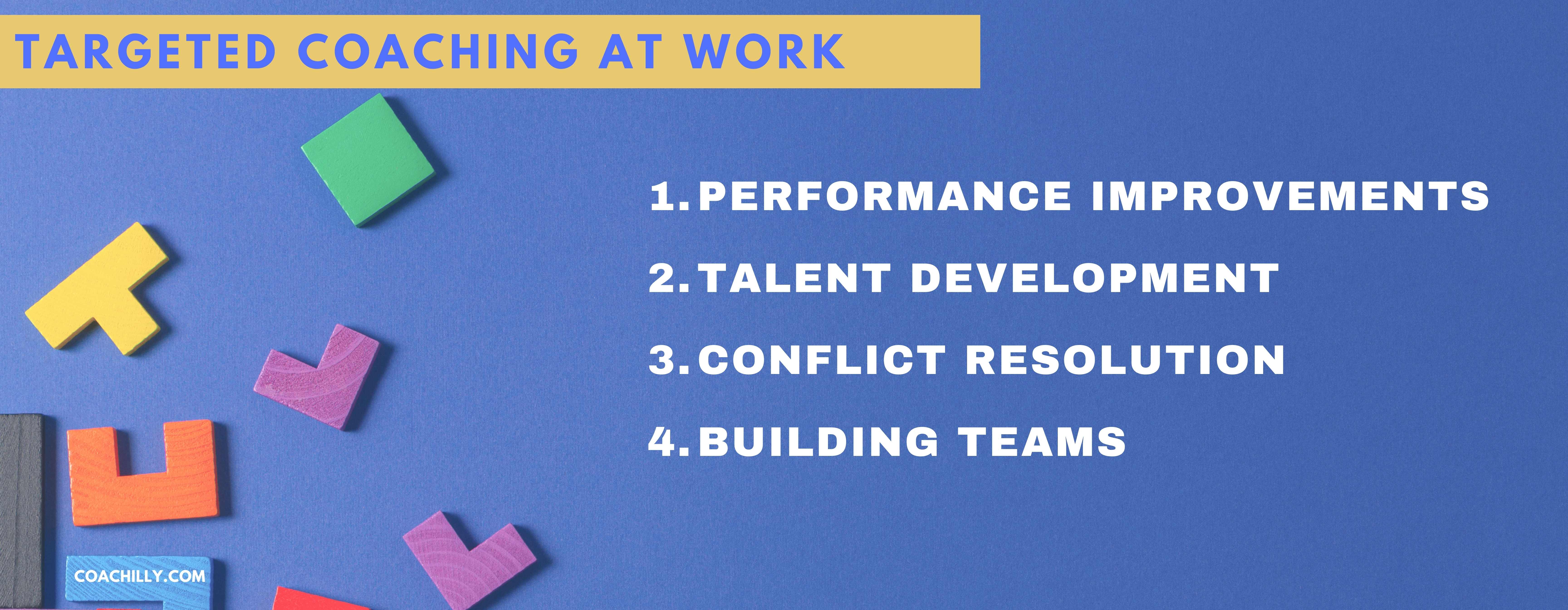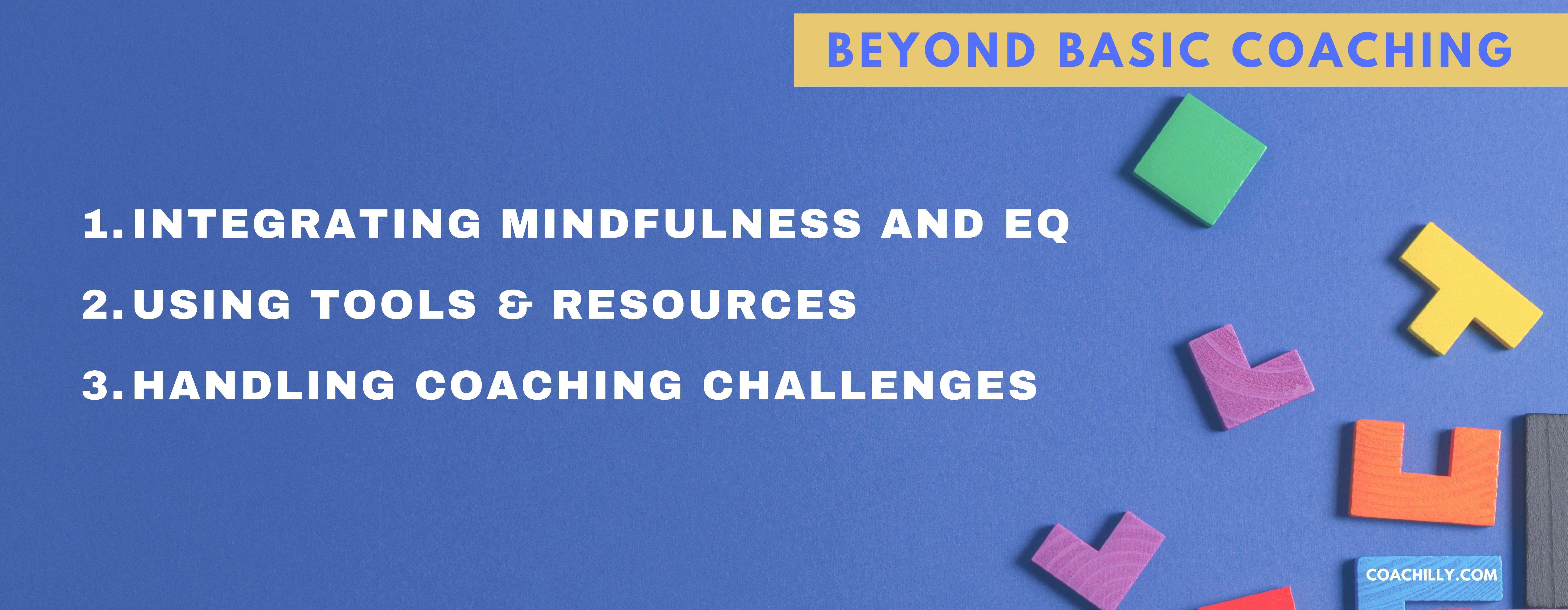
The coaching market is booming and estimated to have grown past a whopping $25 billion globally, just counting the top five coaching niches. There’s a good reason for this growth. Coaching works: Companies who embrace coaching report higher revenues while employees see significant improvements (above 70%) in a few areas, e.g., relationships, communication, work performance, and more. But these results don’t come from phoney gurus who simply call themselves coaches in a largely unregulated industry. Effective coaching requires that you master effective techniques that create the transformative experience your clients are looking for.
That said, what exactly is coaching?
Simply put, coaching is a collaborative partnership between a coach and a client, where the coach helps the client achieve their goals, identify their strengths and weaknesses, and create a roadmap for success. This success is defined by the client, not the coach.
A coach plays a crucial role in this partnership, providing guidance, support, and accountability. But coaching is not about telling people what to do. It’s about empowering them to make their own decisions and take ownership of their lives.
The best coaches understand that every client is unique, with their own set of goals, challenges, and personality traits. Experienced coaches have learned multiple coaching techniques and are able to navigate a variety of coaching styles to create to most effective coaching relationship for their clients. This means that effective coaching techniques are not a one-size-fits-all solution. Instead, they require a tailored approach that takes into account the individual needs and preferences of each client.
The benefits of coaching are numerous, ranging from increased self-awareness and confidence to improved communication and relationship-building skills. It can also help people overcome limiting beliefs and self-doubt, and unlock their full potential to reach both immediate, smaller goals and larger goals.
Understanding and mastering a wide range of powerful techniques is essential for success.
Setting The Foundation For Effective Coaching
Your foundation doesn’t begin with your credentials, even if learning the core competencies, different coaching models, and coaching techniques are important. For effective coaching, you need a solid foundation built on trust, rapport, and a mutual understanding of goals and expectations. Some call this chemistry, but that term is too vague and doesn’t emphasize the responsibility of coaches in building trust and ensuring the foundation is established.
In some cases, this might mean that a client is better suited to work with another coach because without this foundation, hardly any goal attainment or fruitful coaching conversation can emerge. This relationship lays the groundwork for open communication, honest feedback, and a safe space for exploration and growth.
An effective coach must navigate this delicate balance of creating a safe and supportive environment while also challenging their coachee to leave their comfort zone and stretch to achieve their goals. When done correctly, the coaching relationship becomes a powerful tool for personal and professional growth.
5 Essential Coaching Skills and Techniques

1. Active Listening
As a coach, one of the most important skills you need to master is active listening. It’s not enough to just hear what your client is saying; you need to really listen and understand their words, tone, and body language. Active listening techniques involve paying attention to the other person’s words, repeating back what they said in your own words, and asking open-ended questions to encourage further exploration.
In short, you are paying attention to the person in front of you and making an effort to truly understand their perspective while ensuring they feel heard. It’s a skill that takes practice, but the benefits are immense.When your clients feel heard and understood, they’re more likely to trust you and be open to your coaching. It will also allow them to hear their statements and process them for greater self-awareness and better clarity on what matters to them and where they are headed. Plus, you’ll be better equipped to help them identify their goals, motivations, and roadblocks, and guide them toward success.
2. Asking Powerful Questions
Powerful questions are designed to dig deeper, helping clients uncover hidden motivations and beliefs while also encouraging them to take ownership of their goals and choices. This is so crucial that entire books have been written about the impact of powerful questions.
Rather than providing quick-fix solutions, coaches who use powerful questioning techniques empower clients to think critically and creatively. Experienced coaches know that asking powerful questions is not just about finding the right answer – it’s about opening up new possibilities and shifting the way clients approach challenges.

Here are some techniques and examples of powerful questions:
- Open-ended questions: Open-ended questions allow clients to explore their thoughts and feelings more deeply, and to generate new insights.
- “What do you think is the underlying issue here?”
- “What are some possible solutions you’ve considered?”
- “What do you want to accomplish in the long term?”
- Scaling questions: Scaling questions help clients to assess their progress and identify areas for improvement. Ranking or prioritizing questions are also effective techniques to enable clarity and decision-making.
- “On a scale of 1-10, how confident do you feel about this decision?”
- “How far along are you in achieving this goal?”
- “How satisfied are you with your progress so far?”
- “How would you rank your list of criteria or priorities from most to least?”
- Reframing questions: Reframing questions can help clients to shift their perspective and see things in a new light.
- “What if you approached this problem from a different angle?”
- “How can you turn this challenge into an opportunity?”
- “What might happen if you viewed this situation as a learning experience?”
- Clarifying questions: Clarifying questions can help clients to articulate their thoughts more clearly and to identify underlying assumptions.
- “Can you explain that in other words?”
- “What do you mean by that?”
- “What assumptions are you making about this situation?”
- Future-focused questions: Future-focused questions can help clients to envision and plan for the future.
- “What would your ideal outcome look like?”
- “How can you take action to move closer to your goal?”
- “What steps can you take to ensure your success?”
By mastering the art of powerful questioning, you can help your clients unlock their full potential and achieve meaningful, sustainable change, which is why it is one of the frequently talked about effective coaching techniques.
3. Providing Effective Feedback
In order to ensure that feedback is received productively, it’s crucial to deliver it in a constructive manner. Easier said than done, you might say. What it takes to deliver constructive feedback is a focus on the behavior rather than the individual. You take an objective position that addressess the doing, not the being.
Here is a practical example of how this can play out in a coaching conversation with a corporate leader: For example, instead of saying “You are not delegating well,” you could say, “I noticed an opportunity to make your delegation more effective. What ideas do you have for how this can be done?” By using positive language, you are able to open up a dialogue and create an opportunity for the client to reflect on their actions and come up with their own solutions.
When we criticize the person, no the action, we invite defensiveness, conflict and mistrust.
Ultimately, providing effective feedback is about creating an environment of trust between the coach and client such that constructive criticism can be received productively, without feeling the need to be defensive, which is what happens when we criticize the person, not the action.
During a coaching session, providing feedback in this way means you identify the behavior you’ve observed (neutrally), and outlining the impact it had on the situation or the people involved. This is another addition to the most effective coaching techniques because it transforms feedback into a tool that helps people grow, rather than criticism that undermines their abilities. As a result, your clients will feel motivated to improve and feel empowered, because they can hardly change who they are as a being, but they can take charge of changing a specific behavior.
4. Using Positive Reinforcement
Positive reinforcement can be a powerful tool in building effective coaching skills. By highlighting a person’s strengths and encouraging their efforts, we can create a constructive learning environment for them. Positive reinforcement can include verbal affirmations, recognition of achievements, and constructive feedback.
Be careful not to make these reinforcement sound like a motivational sticker or an overly excited kindergarten teacher who praises everyone for the sake of it. This can come across as disingenuous and fall flat. Instead, make sure you call out what specific achievement you want to call out and perhaps how it contrasts the experience the client shared weeks or months ago. This leads to the client not only feeling affirmed in their growth (and hard work), but often prompts the client to join in through more reflection on their journey and deepening of their learning. It fosters a sense of confidence and self-assurance, which can help individuals push beyond their limitations.
5. Giving Constructive Criticism
Weve dived into this under the topic of giving effective feedback, but it is worth mentioning this skill in its own category. Constructive criticism is an essential coaching skill that requires a delicate balance of honesty and empathy. While it can be tough to provide feedback that may be uncomfortable to hear, it’s crucial to deliver it in a way that will benefit the receiver.
Good coaches approach constructive criticism with a clear understanding of what needs to be addressed, and a willingness to work with the individual to identify and achieve the steps necessary for improvement. This is not a one-directional tool from coach to client, but one that lays the foundation in the coaching process for co-creating solutions, discovering alternatives together, uncovering hidden obstacles, and even coming up with an action plan as you team up with your client.
For example, a coach might say, “Your presentation was good, but I noticed you didn’t make eye contact with the audience and you shared earlier that you felt they were sometimes not staying engaged. What do you think might help you improve this aspect?” This type of criticism is an invitation to your client and much more likely to lead to an effective coaching conversation, higher engagement from your client and ultimately their progress towards goals they’ve set.
Targeted Coaching at Work: Four Scenarios Benefiting from Coaching

Performance Improvement
One example of coaching for performance improvement is when a manager identifies an employee who is struggling to meet their targets. The manager can work with the team member to identify the areas where they need to improve, such as specific skills, or hesitations and create a plan to help them improve in those areas. The coach can be brought in to work closely with the individual to identify obstacles, come up with aciton steps, check on progress and provide feedback and support along the way.
“Coaching is unlocking a person’s potential to maximize their own performance. It is helping them to learn rather than teaching them.” – Sir John Whitmore 1992, Coaching For Performance.
Talent Development (and Personal Development)
Coaching for talent development and personal development is a crucial aspect of coaching as it concentrates on supporting individuals in enhancing their skills and achieving their long-term professional goals. It requires identifying an individual’s strengths and weaknesses, developing an improvement plan for those areas, and providing consistent support and guidance in developing meaningful action steps to achieve specific career goals throughout the coaching process.
For instance, as a career coach you may work with an individual who seeks to improve their time management skills. In this scenario, you can help identify obstacles, review challenging scenarios and develop an action plan. You can even provide coaching resources such as frameworks, worksheets, reading materials, teaching videos, and other items that support your client in their quest to become better at time management. Moreover, you can offer ongoing support and guidance to keep the employee motivated and ensure that progress is being made toward their professional goal.

Conflict Resolution
Coaching individuals on conflict resolution can yield far-reaching benefits for themselves and those around them. While conflict is inevitable, it’s important to learn how to navigate it in a productive and healthy manner.
Many people reach out to coaches because they find conflict incredibly challenging. A disagreement with a colleague at work or a dispute with a loved one can have spill-over effects, meaning the burden of the conflict can impact their interactions with others at home or at work. Conflict, even among two team members can affect the entire team. Unresolved or poorly navigated conflict can impact job performance, career advancement, innovation, trust, and wellbeing.
As a coach, understanding how to guide clients through these specific situations can help them develop lasting and invaluable interpersonal skills. By honing in on conflict resolution, coaches can equip their clients with the tools they need to handle difficult situations with confidence and grace.
Building Teams
Coaching is an essential aspect of developing and nurturing teams. When it comes to coaching in a team setting, coaches have the unique challenge of helping individuals achieve their personal goals while achieving the collective goals of the team as a unit.
An example for team coaching is the use of personality assessments to help team members understand and appreciate each other’s strengths and motivations. It also allows team members understand personal preferences and styles of communication and enables individuals to “find their bearings” faster and knowing where they “fit” within the team.
Beyond the Basics: Advancing Your Coaching for Greater Impact

Integrating Mindfulness And Emotional Intelligence Into Coaching
When you incorporate mindfulness and emotional intelligence into coaching you add value by increasing your client’s self-awareness, empathy, and social skills which can lead to more satisfying relationships and greater success in life. This can be challenging at times, but the results are highly rewarding.
Be prepared to challenge your clients to face uncomfortable emotions, challenge their own beliefs and hidden assumptions and discovering other viewpoints. Some coaches choose to guide their clients through mindfulness exercises at the start of a coaching session. This can include body scanning, visualization, or deep breaths in a bid to encourage increased presence and attention.
Utilizing Coaching Tools And Resources, Such As Assessments And Exercises
Assessments
Assessments are commonly used in coaching to help individuals gain a deeper understanding of themselves. These assessments can include personality assessments, emotional intelligence assessments, and or 360-degree surveys that help individuals understand their strengths and areas for development.
As a coach, you help the client to process the results in a meaningful way that allows them to gain deeper insight and helps them to develop learning goals.
Exercises
Exercises can include visualization, goal setting, and other techniques that help individuals to gain greater clarity and take action toward achieving their personal goals. You can help your clients to progress between two coaching sessions by giving them an exercise that will deepen the learning or allows them to practice and improve a skill.
Managing And Overcoming Challenges In Coaching
While coaching is a powerful tool for professional and personal growth, it can also be a challenging process that requires sharp focus, patience, and resilience. You have to be equipped to manage challenges and help your clients overcome them, too. For example, you may face these four distinct challenges:
1 • Resistance
Even when clients say they want to be challenged, you need to be prepared to face resistence. To manage resistance, you need to be skilled at identifying the reasons behind the resistance and develop strategies to overcome it. Don’t take resistance personally. It is often the challenge of the unfamiliar that drives the resistance. You may need to reframe your coaching approach or use alternative techniques to engage your clients. Moreso, view the resistance as an obstacle you are helping your client to overcome – as partners.
2 • Coaching Clients With Trauma Or Emotional Challenges
Are you trained in trauma-informed coaching techniques? If you are working with clients who signal or even openly share that this is a challenge for them, you’ll need to equip yourself or refer them out. It is important to create a safe and supportive environment for clients to work through their emotions, and coaches may need to refer clients to other professionals for specialized care and support.
You’re not a hero in trying to help from a place of good intentions, because even good intentions can hurt more than they help. As a coach, it is your job to identify what the client is looking for and whether you are the right fit. Even if your client already works with a therapist on managing trauma and you agree to work with them on achieving their goals outside of their healing goals, you still have to be equipped to coach the client to create forward-movement and not slide into pathology.
3 • Time Management
The client sets the agenda, but you, as the coach, are in charge of keeping the conversation on track. Effective time management is critical for coaches to meet your client’s objectives during a session. You’ll have to learn facilitation skills and keep an eye on time.
I’ve once heard a coach say, “A real coaching session is always 60 minutes long.” Well, many clients would disagree. There are different types of audiences that would not resonate with that. There are also coaching session formats and techniques that allow experienced coaches to get to powerful, meaningful results with their clients much faster.
Time management isn’t about maxing out every hour, but about how effectively you use the time you have. We all have the same amount of hours, how we use those hours is up to us. When you’re coaching a client, you have made a promise and set an expectation that you will yield a meaningful result at the end of each session – yes, every session. The outcome you are producing together may be greater clarity as you process through a challenging scenario.
If you are coaching according to ICF standards, you are setting the agenda, including the outcome the client desires to achieve in the session, in the first few minutes of the session. You will then have to manage the given time to achieve their objective. We’ve written about this in our book and recently shared an illustration in an article on how you can divide your coaching session to keep track of time.
4 • Ethical challenges
You have an ethical responsibility. Before you take on a new client, it is highly recommended that you provide your clients with a coaching agreement that addresses confidentiality, conflicts of interest, and professional boundaries. A helpful book that is highly recarded in the coaching education community is Law and Ethics in Coaching and it will show you scenarios that could leave you sleepless, but it also provides you with the solutions you need to prevent a legal and ethical disaster.
You’ll Need More Than Just Effective Coaching Techniques
An effective coaching session or truly transformative coaching goes beyond goal-setting, mentioning mindsets and holding people accountable. Successful coaches consistently apply effective coaching techniques while learning new skills and practicing different techniques. Make consistent learning – even of things you had learned before – a permanent part of your journey as an ever-improving, ever-growing coach.
By doing so, you can help your clients achieve their goals and bring about lasting improvements. It also allows you to build your confidence, which will have a perpetual effect on the success of your coaching business.
As we’ve shared in this article, effective coaching combines skills and effective coaching techniques such as active listening, powerful questions, effective feedback, positive reinforcement, and constructive criticism. But it goes beyond these basic skills. Skilled coaches learn to integrate mindfulness and emotional intelligence into their coaching and have a wide range of tools and resources available (which they only use when needed, not for the sake of sharing resources) and they are able to handle the coaching challenges we’ve highlighted.
As you have read through these components, what areas do you need to hone in on?
What needs to be revived, done more of (or less), or added to your toolbelt?

